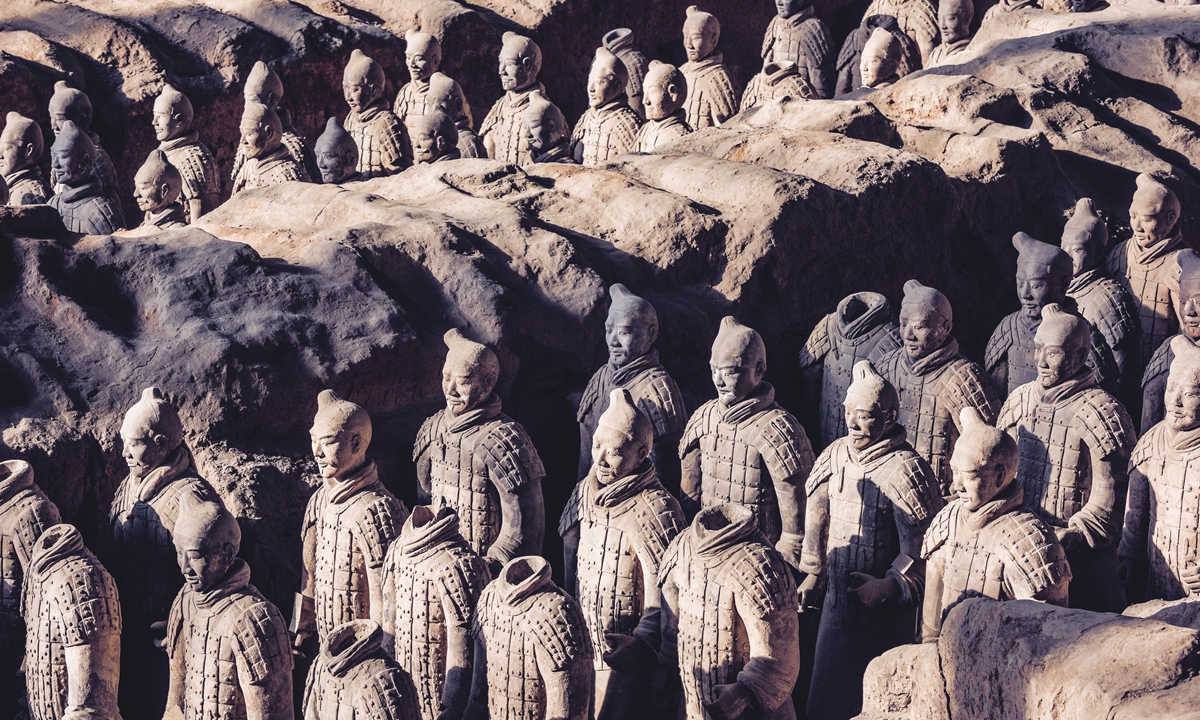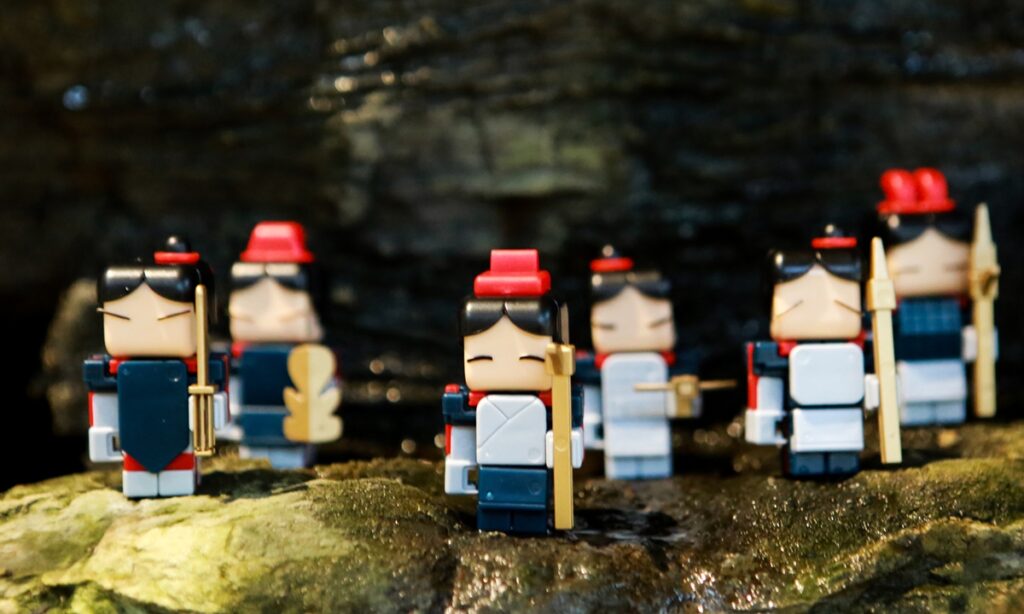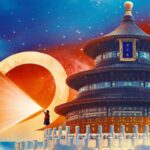Carrying the genes and spirit of a nation, cultural relics and heritages are irreplaceable resources for a thriving civilization. A huge number of Chinese relics have become more popular over the past 10 years and allowed people from around the world to get to know Chinese culture better. The Global Times will feature a number of these “star” artifacts in this series, to make cultural relics stored in museums, heritages displayed throughout the vast land and texts written in ancient books come alive.
As Chinese President Xi Jinping has said, Chinese civilization, together with the colorful civilizations of other countries, should provide mankind with proper spiritual guidance and a strong spiritual impetus.

Toy inspired by the Terracotta Warriors Photo: Courtesy of the Emperor Qinshihuang’s Mausoleum Site Museum
Lines of Terracotta Warriors have silently stood at attention in the dimly lit pits near the mausoleum of Qin Shi Huang, the First Emperor of the Qin Dynasty (221BC-206BC), for more than 2,000 years, but now they are entering the light of day by popping up in the most unexpected places in the form of everyday items such as popsicles, small models and chocolate candy.
According to the creative cultural workers at the Emperor Qinshihuang’s Mausoleum Site Museum, they have been developing more products to bring the ancient underground army closer to the public so that people may become more familiar and interested in the history and culture of the Qin Dynasty.
Building blocks inspired by images of these sculptures are one of the latest cultural and creative products launched by the museum. They come on the heels of a popular ice pop released in May that quickly became one of the bestselling products at the Emperor Qinshihuang’s Mausoleum.
Besides the museum in Xi’an, Northwest China’s Shaanxi Province, many other cultural institutes around China are experimenting with making creative products with their own style and characteristics to spark people’s interest in cultural relics.
“In our view, designing creative cultural products is not only a profession, we also consider ourselves as guardians and inheritors of Chinese culture,” Feng Shixiong, a Chengdu-based designer of cultural creative products, told the Global Times, adding that he believes these products can convey new Chinese fashion to the world and show Chinese people’s cultural confidence.
Imaginative design
After the outbreak of COVID-19, the number of tourists to the museum decreased, so the museum took the chance to develop 172 creative cultural products, which it later launched and promoted through e-commerce platforms.
The box of building blocks is one of the museum’s star products. The developers put building blocks for six different Terracotta Warriors in a box. The blocks themselves are put together through the traditional Chinese mortise and tenon method, a means in which two pieces of wood are fastened together without using nails or other materials.
Just like real Terracotta Warriors, each warrior in the box has its own special characteristics and can be distinguished by their different armor, weapons and headwear, one of designers of the blocks, said.
“The product shows the characteristics of the figurines in a clever and vivid way, and also reflects the mutual integration of inheritance and innovation,” the designer said.
The museum’s developers have also turned the warriors into tasty snacks as they found that the public has grown tired of traditional tourist souvenirs such as dolls and toys, while food related cultural products are in high demand.
So they designed adorable versions of the warriors, changing the august soldiers into kindly neighbors whose colors indicate their various flavors.
The popsicles ignited the enthusiasm of tourists, who seem to love posing for selfies with them in front of the museum.
On China’s social media platform Sina Weibo, the hashtag for these photos have earned more than 370 million views.
Expanding influence
Of course just designing these products is only half the battle as they still need channels through which they can be marketed and sold. So the Emperor Qinshihuang’s Mausoleum Site Museum established e-commerce stores on platforms such as Tmall and social media accounts on short video platform Douyin, during the coronavirus outbreak.
Facing a similar situation, other museums around China such as the Sanxingdui Museum in Southwest China’s Sichuan Province and the Palace Museum in Beijing are developing diverse creative products based on the star cultural relics in their collections.
Hu Jingyu, a creative product designer working on Sanxingdui relics, told the Global Times that these products’ fame has extended into overseas markets, attracting many fans of Chinese culture.
“When I went to Beijing for a seminar, I met with foreign friends who were very interested in our creative products based on Sanxingdui’s bronze masks. This made me realize the huge international influence of our cultural creative products,” Hu said.
During his tenure as director of the Palace Museum, Shan Jixiang, now head of the China Cultural Relics Academy, also pioneered the development of various creative products.
“The development of technologies such as digital exhibitions and creative products can revive our cultural heritages and make them a living part of people’s lives,” he told the Global Times.

Emperor Qinshihuang’s Mausoleum Site Museum in Northwest China’s Shaanxi Province Photo: VCG
(Global Times)




